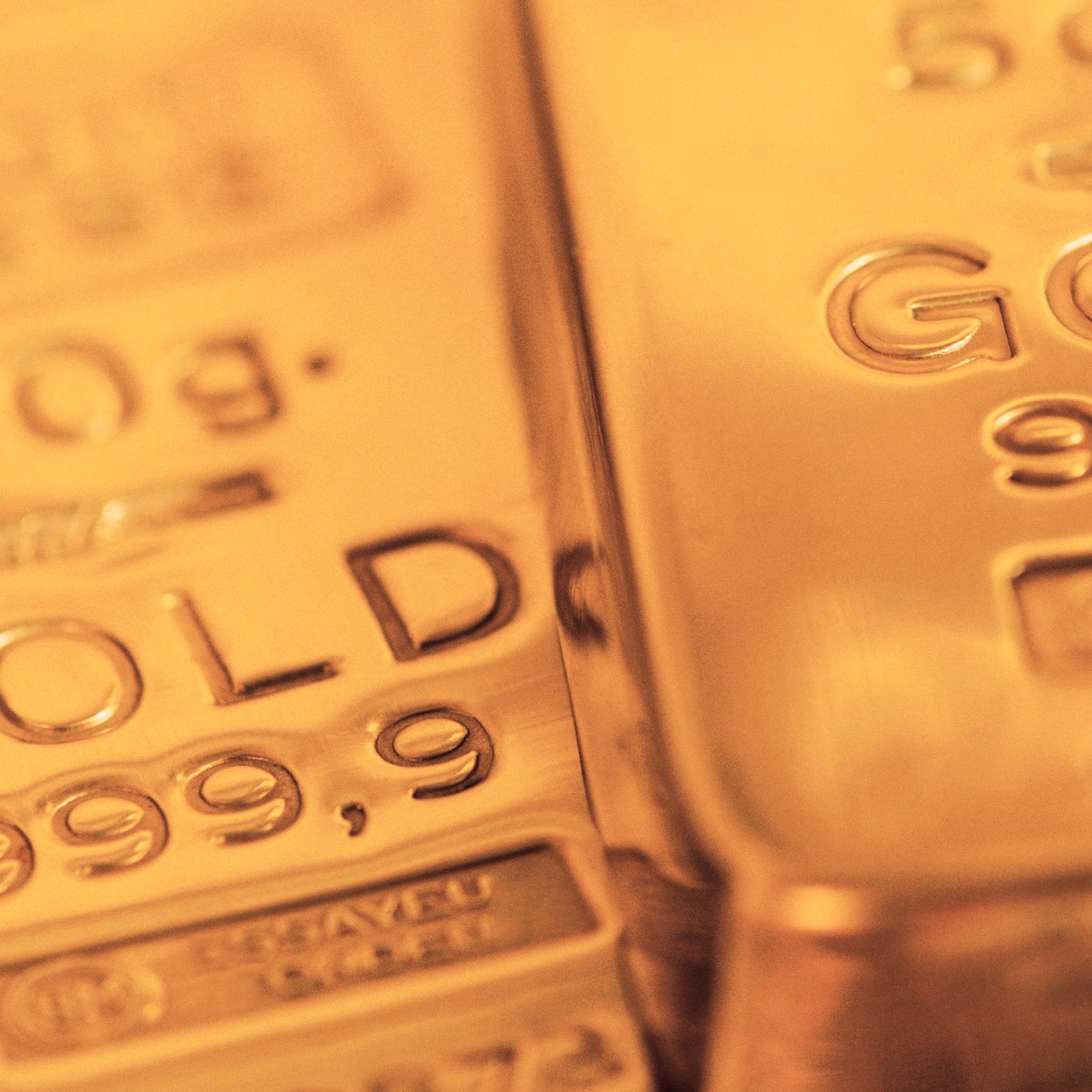Commodities & Metals
Gold ETFs Now Outweigh Almost Every Central Bank in Gold Holdings -- More Than China!

Published:
Last Updated:

Is there really gold in them thar hills? If those hills are exchange traded funds (ETFs), then the answer is a resounding yes. 24/7 Wall St. has tracked the gold buying and selling before, during and after the last major bull market in gold. Now the gold bulls in the year 2016 have bought enough equity style trading in gold in ETFs that they own more than all but 4 nations’ central banks and one global agency.
Reports are circulating that the global gold holdings in exchange traded funds have now gone above 2,000 metric tons for the first time in three years. 24/7 Wall St. wanted to look at these on a broken down basis, showing the key ETFs and how they would count if they were a nation.
The gold demand is being driven for multiple reasons. The most recent Brexit fallout has been the top driver of late, but investors and savers also realize that the Federal Reserve just won’t be able to raise interest rates very much (or at all) any time soon. Then there are the negative interest rates all throughout the stable European Union nations and Japan (now over $11 trillion) in their sovereign debt.
The United States still holds the most gold, followed by Germany, the International Monetary Fund (IMF), Italy and France (see table below). Now the global ETF tons passing 2,000 tons was over 10% higher than all the gold held by the People’s Bank of China.
Gold is often considered the ultimate safety trade. ETFs with gold bullion backing have risen to 2,001.4 tons if the Bloomberg data is accurate.
Even in the first quarter, the World Gold Council’s total demand of 1,290 tons (up 21% from a year earlier) was driven by huge inflows into ETFs (some 364 tons), fuelled by concerns around the shifting global economic and financial landscape. If the World Gold Council’s averages were representative to the penny then there was more than $13.8 billion in gold ETF buying in the first quarter alone.
SPDR Gold Shares (NYSEMKT: GLD) was last seen down 0.2% at $129.95 versus a 52-week range of $100.23 to $131.15. The SPDR Gold Shares is the world’s largest gold ETF and has total assets as of July 6 of more than $43.15 billion. That is nearing 1,000 tons by using outside calculations.
The iShares Gold Trust (NYSEMKT: IAU) had net assets of more than $9.36 billion as of July 6. That is roughly 213.2 tons. The iShares Gold Trust was last seen down 0.25% at $13.12, versus a 52-week range of $10.12 to $13.25.
Another key trust tracking the price of gold is the Sprott Physical Gold Trust (NYSEMKT: PHYS). As of June 30 its assets under management were $2.3 billion. Sprott gave some key data (see below) on what is driving demand, and those figures have already changed handily in less than 3 weeks.
Top 20 reported official gold holdings (as at March 2016), according to the World Gold Council, were shown as follows:
Back on June 15, 2016, Sprott identified 6 factors impacting the global gold market demand. Most of these figures have even increased since then:
Whether you think gold is going higher or lower probably depends on a myriad of factor. This is not meant to be a directional call on gold, and you may have noticed that there was no mention of the current price of gold to prove that point. Still, this does show just how much gold is really being held by gold-backed ETFs – with just 3 ETFs holding about $55 billion worth of assets.
Want retirement to come a few years earlier than you’d planned? Or are you ready to retire now, but want an extra set of eyes on your finances?
Now you can speak with up to 3 financial experts in your area for FREE. By simply clicking here you can begin to match with financial professionals who can help you build your plan to retire early. And the best part? The first conversation with them is free.
Click here to match with up to 3 financial pros who would be excited to help you make financial decisions.
Thank you for reading! Have some feedback for us?
Contact the 24/7 Wall St. editorial team.